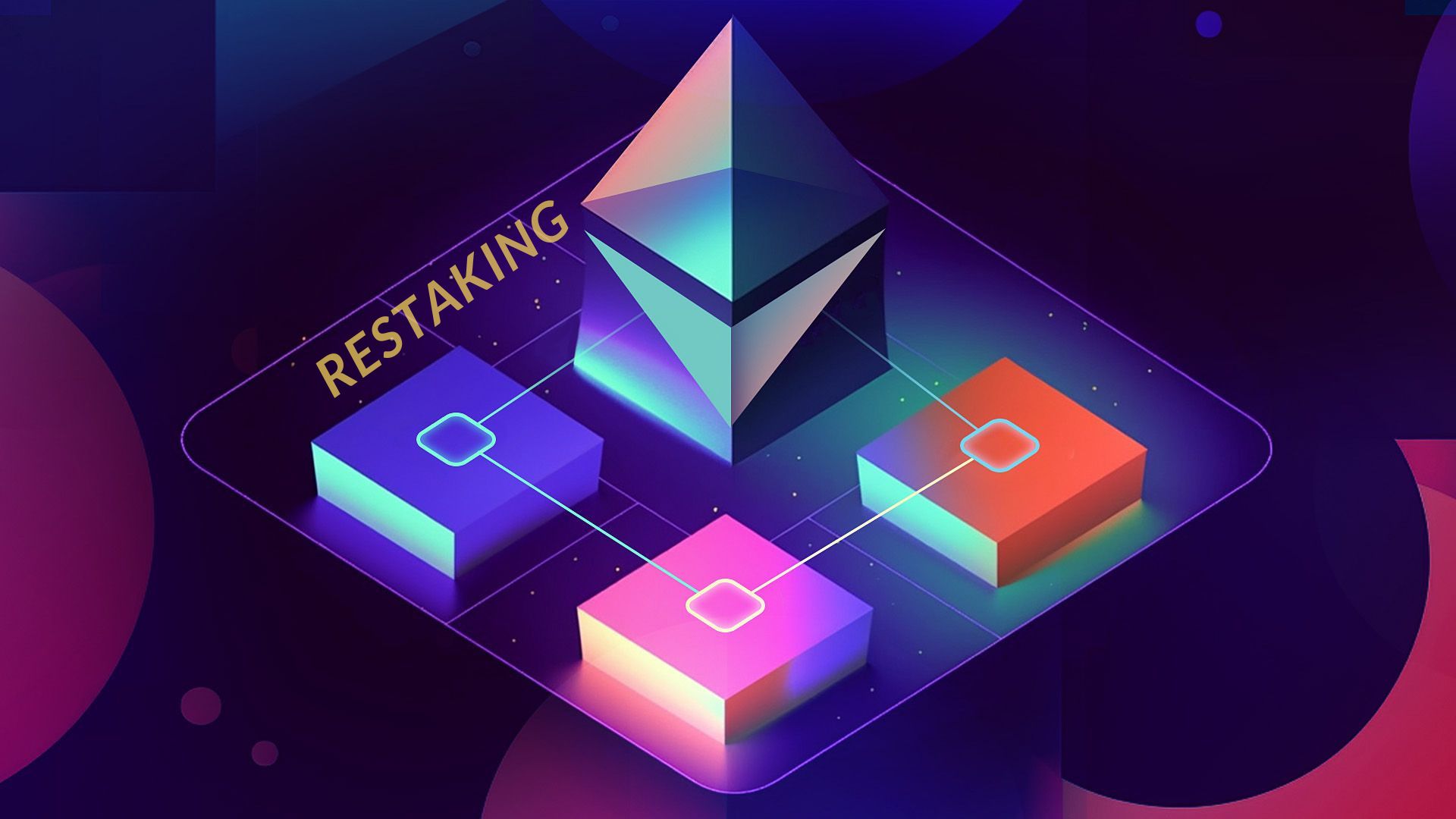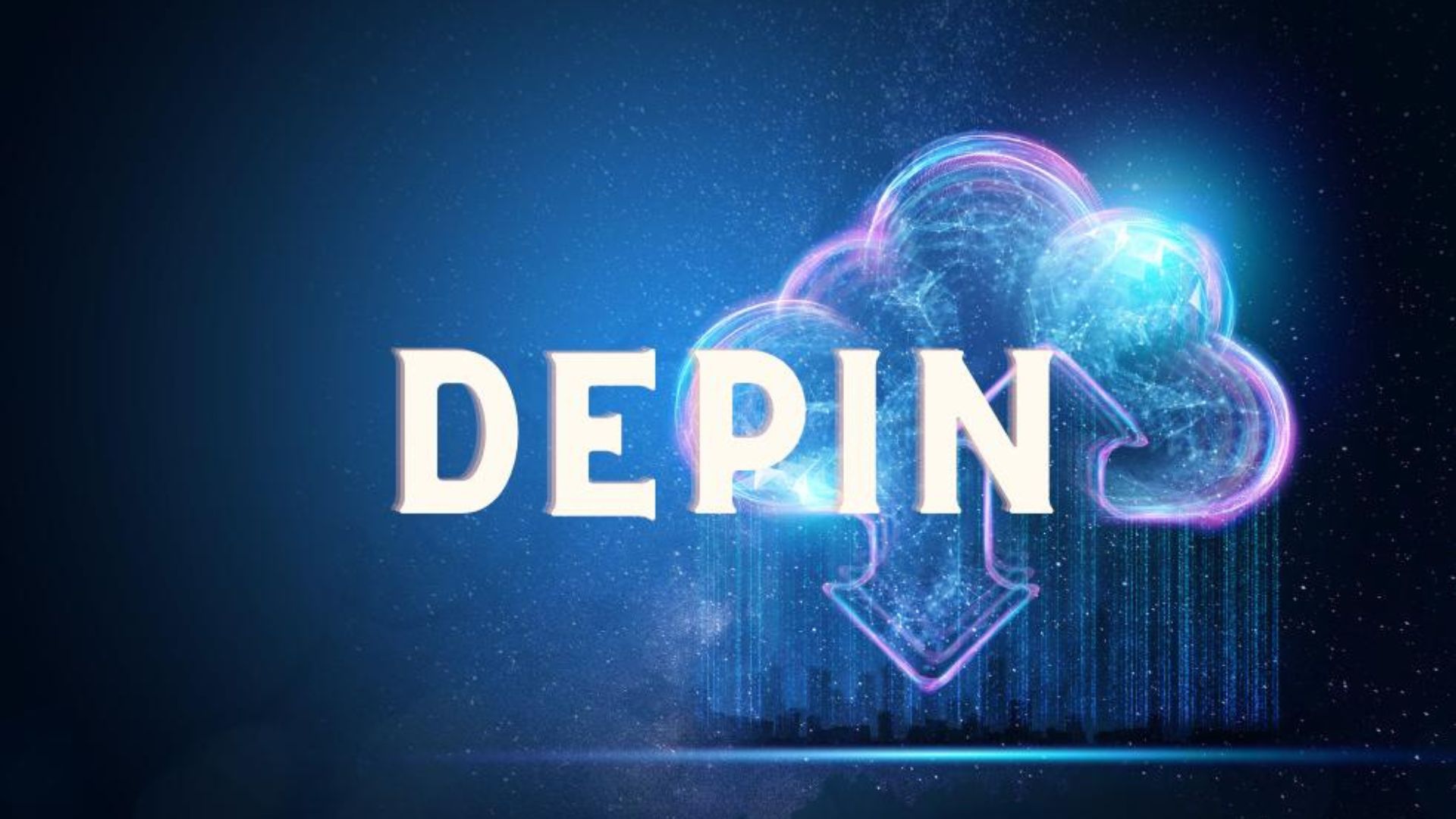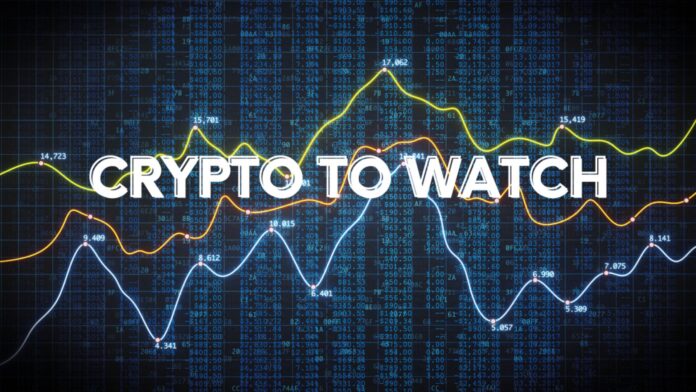Top Five Crypto Market Trends and Technologies in 2024. There is optimism in the cryptocurrency markets as a whole, what with Bitcoin breaking the $50,000 price barrier and Ethereum recovering $3,000 for the first time in two years. Therefore, planning for potential shifts in the cryptocurrency market isn’t a bad idea. In 2024 and beyond, what crypto narratives will be the most talked about and practical? Our top five are selected. I say we jump right in.
Top 5 Crypto Market Trends To Watch in 2024
5. Layers for Data Availability

Many see blockchain as having a modular future. This implies that a single blockchain will be accountable for a particular action rather than settling, executing, and reaching consensus as a single blockchain system would. Therefore, blockchain networks can scale and specialize on a single function thanks to modularity.
Blockchains can store and validate their transaction data off-chain with the help of data availability networks. Nodes must improve their hardware to handle the ever-increasing blockchain size, which can be caused by storing data on-chain. With data availability layers, blockchains may offload their data storage requirements and ensure that historical transaction data is readily available for verification by anybody. Thus, data availability layers aid in scalability and contribute to the security of peer blockchains.
Due largely to its inclusion in Ethereum’s rollup-centric scaling roadmap, the data availability market story expanded in 2023. The need for data availability solutions is anticipated to grow directly with the emergence of increasingly specialized rollups. Among modular data availability blockchains, Celestia made history in October 2023 when it launched its mainnet. Avail, EigenDA, and the Near-Energy Reduction Algorithm (NEAR) are three more data availability blockchains.
4. Restaking

Crypto investors treasure yield. Accelerating this commercial narrative is reshaping protocols.
Restaking, in its simplest form, is locking up LST tokens for greater yield. For instance, on staking protocols such as Rocket Pool and Lido, you will receive LSTs in the form of rETH and stETH, respectively, when you stake your ether (ETH). Restocking protocols allow you to stake your stETH and rETH tokens for further yield.
Retaking is similar to yield farming from a financial perspective. To acquire multiple yields, deliver farmers use a variety of procedures spanning many decentralized finance (DeFi) protocols, including staking, lending, and restocking bitcoins, LSTs, and other receipt tokens. However, restocking makes the process easier, so anyone may try it. From a technical perspective, rollup apps are protected by restacking in the same manner that Layer One blockchains like Ethereum are protected by staking.
Looking at EigenLayer, a technology that pioneered restocking on Ethereum, can help us understand restacking better. The EigenLayer protocol allows developers to construct rollup chains for specific apps. You can become a validator for decentralized applications (dApps) you support and earn incentives only by restating your LST tokens. Delegating your LST for restocking to an operator is an easy way out of operating a validator node.
An intriguing new strategy for crypto-economic security is retaking. With staking, the LST protocols that were already very popular when Ethereum switched from PoW to PoS consensus can now be even more useful.
3. DePIN

There was a lot of buzz about decentralized physical infrastructure networks (DePIN) in 2023 the crypto market. That buzz will only increase in 2024, thanks to DePIN’s potential to cooperate with the AI sector.
Please explain DePINs. Open and decentralized physical infrastructure building, maintenance, and operation can be achieved with DePINs, which are blockchain protocols. The physical infrastructure comprises hardware components, including wireless hotspot routers, graphics processing unit (GPU) processors, and data centers,
One crypto-incentivized P2P storage network that anybody can use to store and access data is Filecoin. Suppliers receive FIL tokens as payment for their dependable storage service. In addition to Render, Theta Network, and Akash, other DePIN networks offer computational resource incentives to users in the form of GPU compute power.
As for Helium, it’s a decentralized wifi network that rewards users for setting up hotspots to cover other users’ networks. The media, gaming, artificial intelligence, information services, and life sciences industries can all benefit from DePIN networks’ permissionless marketplace for infrastructure.
2. Real World Asset Tokenization
The process of tokenizing real-world assets entails converting physical assets such as land, artwork, credit, and precious metals into digital tokens that may be traded on a blockchain. Secure and decentralized trade, transparency of property rights, and fractionalization are just a few of the reasons why more and more traditional banking companies are seeking to harness the potential of tokenization.
Tokenization allows for dividing ownership rights of illiquid real-world assets like commercial buildings or pricey paintings into thousands of digital tokens, making them more accessible to small investors and facilitating the seamless and instantaneous trading of property rights benefits on the blockchain. Real estate, fine art, and classic automobile buyers will soon be able to see the full transaction history thanks to blockchain transparency.
Tokenization offers several benefits for intangible goods, like copyrights, trademarks, and patents, usually kept in digital or paper form. The blockchain permanently records the owner’s copyrights, trademarks, or patents. Protected intellectual property like patents, copyrights, or trademarks may be easily tracked and verified in real time after being tokenized.
The credit industry has also been tokenized in the past few years. Bonds, US treasuries, and tokens with cash equivalents can be purchased online by crypto investors. Similarly, tokens reflecting private credit loans to companies can provide returns for investors. According to RWA, as of December 2023, there are tokenized US treasuries and active loans in the tokenized private credit market totaling approximately $571 million and $771 million, respectively. XYZ.
Further examples of tokenization include carbon credits and other exotic items. The blockchain is used for issuing, selling, transferring, and retiring carbon credit tokens. A liquid market for these unusual items is created by tokenized carbon credits, making it easier for firms to buy carbon offsets.
1. Artificial Intelligence (AI)
In 2024, the AI crypto narrative will continue to gain momentum, regardless of the equities or crypto market. Artificial intelligence’s disruptive nature has made it a formidable adversary.
To capitalize on AI, crypto investors have classified two distinct kinds of crypto markets:
- Initiatives that bolster the functioning of AI
- Activities aimed at developing and delivering AI products and services
Artificial intelligence-driven The first type is DePINs. One example is the crypto initiatives laying the groundwork for AI apps to function.
The primary areas of attention for AI-focused DePINs are data storage and computing resources. For instance, two cryptocurrency projects, Render and Akash, have a decentralized marketplace where users can purchase and sell graphics processing unit (GPU) capacity, which AI apps need to process data.
One example of a crypto market project relating to artificial intelligence is Fetch.ai. Developers can build and sell autonomous AI software and services on Fetch.ai. Thanks to the independent nature of these AI programs, customers can automate many administrative tasks.
Similarly, Bittensor is an ICO that aims to establish a decentralized artificial intelligence market. New artificial intelligence frameworks and decentralized marketplaces for computing resources, data storage, processing, and oracles are all part of Bittensor’s grand plan.


